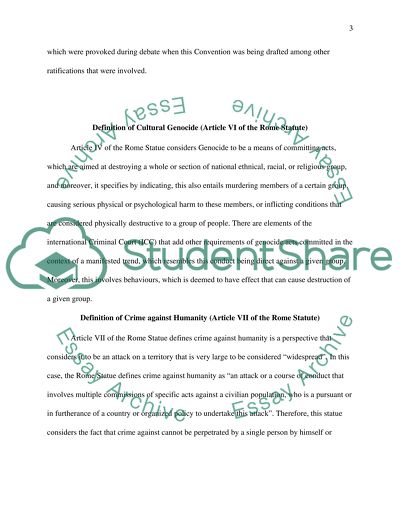Cite this document
(“Distinction between Crimes against Humanity and 'Cultural Genocide' Essay”, n.d.)
Retrieved from https://studentshare.org/law/1482825-distinction-between-crimes-against-humanity-and
Retrieved from https://studentshare.org/law/1482825-distinction-between-crimes-against-humanity-and
(Distinction Between Crimes Against Humanity and 'Cultural Genocide' Essay)
https://studentshare.org/law/1482825-distinction-between-crimes-against-humanity-and.
https://studentshare.org/law/1482825-distinction-between-crimes-against-humanity-and.
“Distinction Between Crimes Against Humanity and 'Cultural Genocide' Essay”, n.d. https://studentshare.org/law/1482825-distinction-between-crimes-against-humanity-and.


